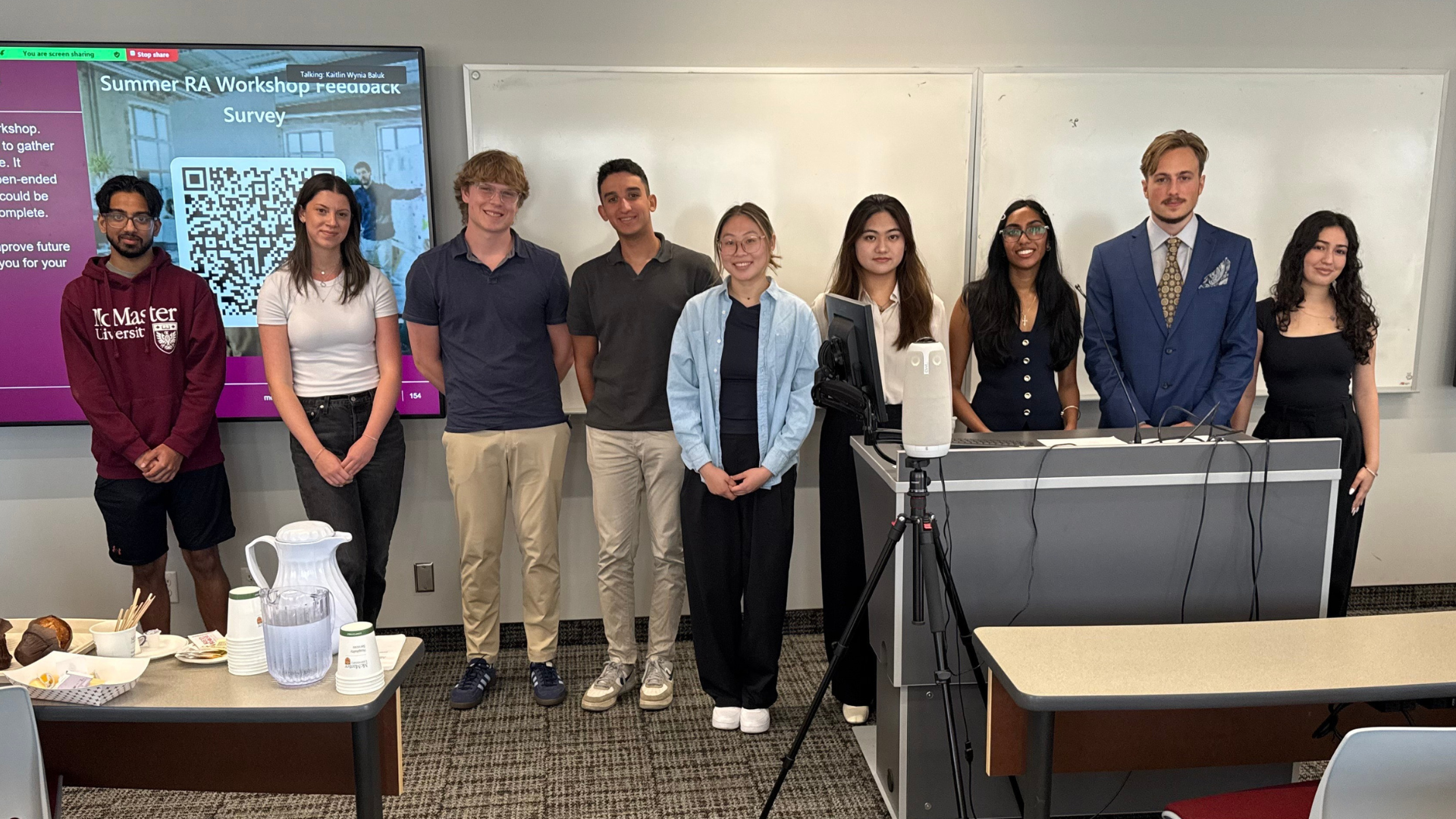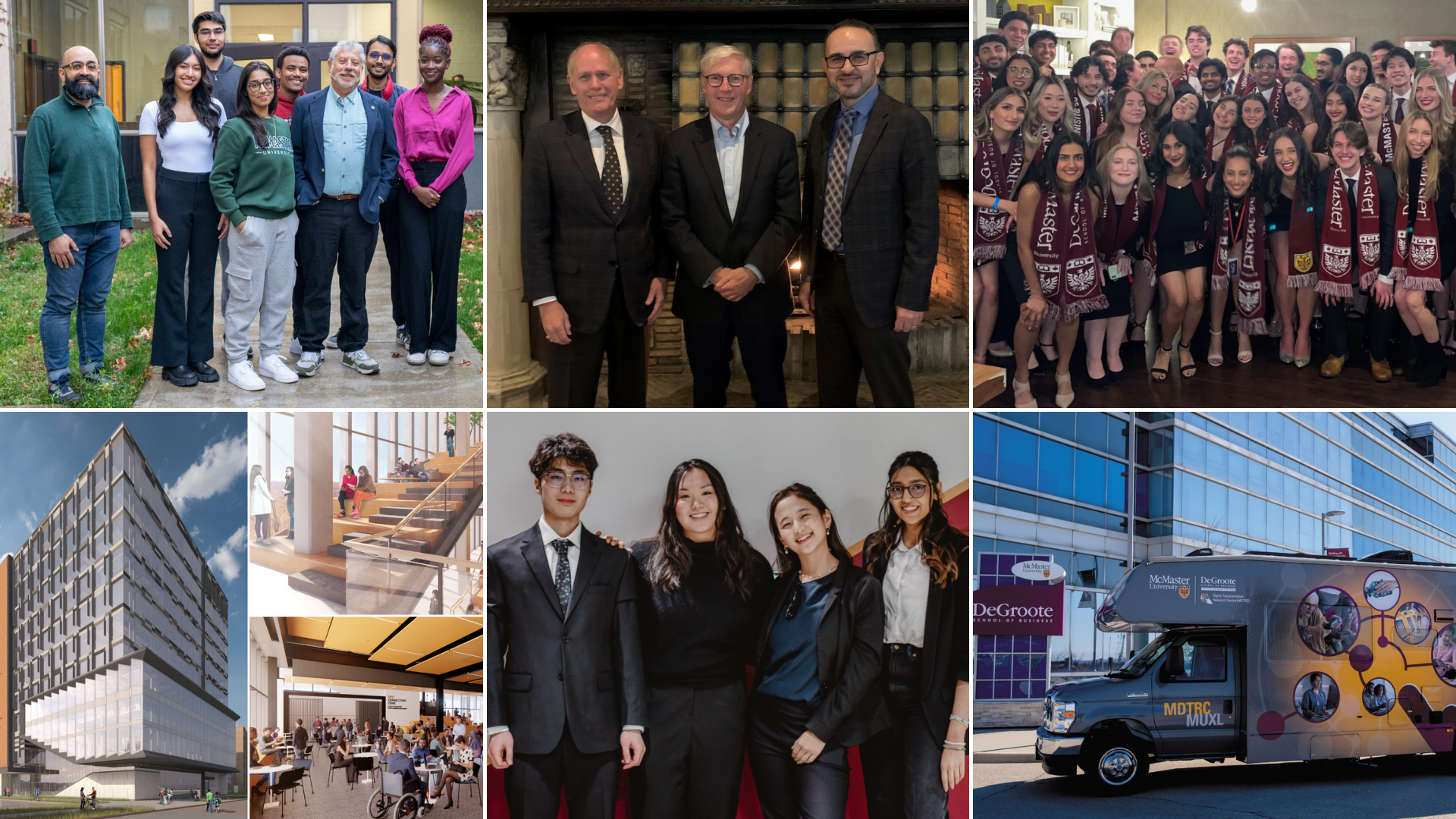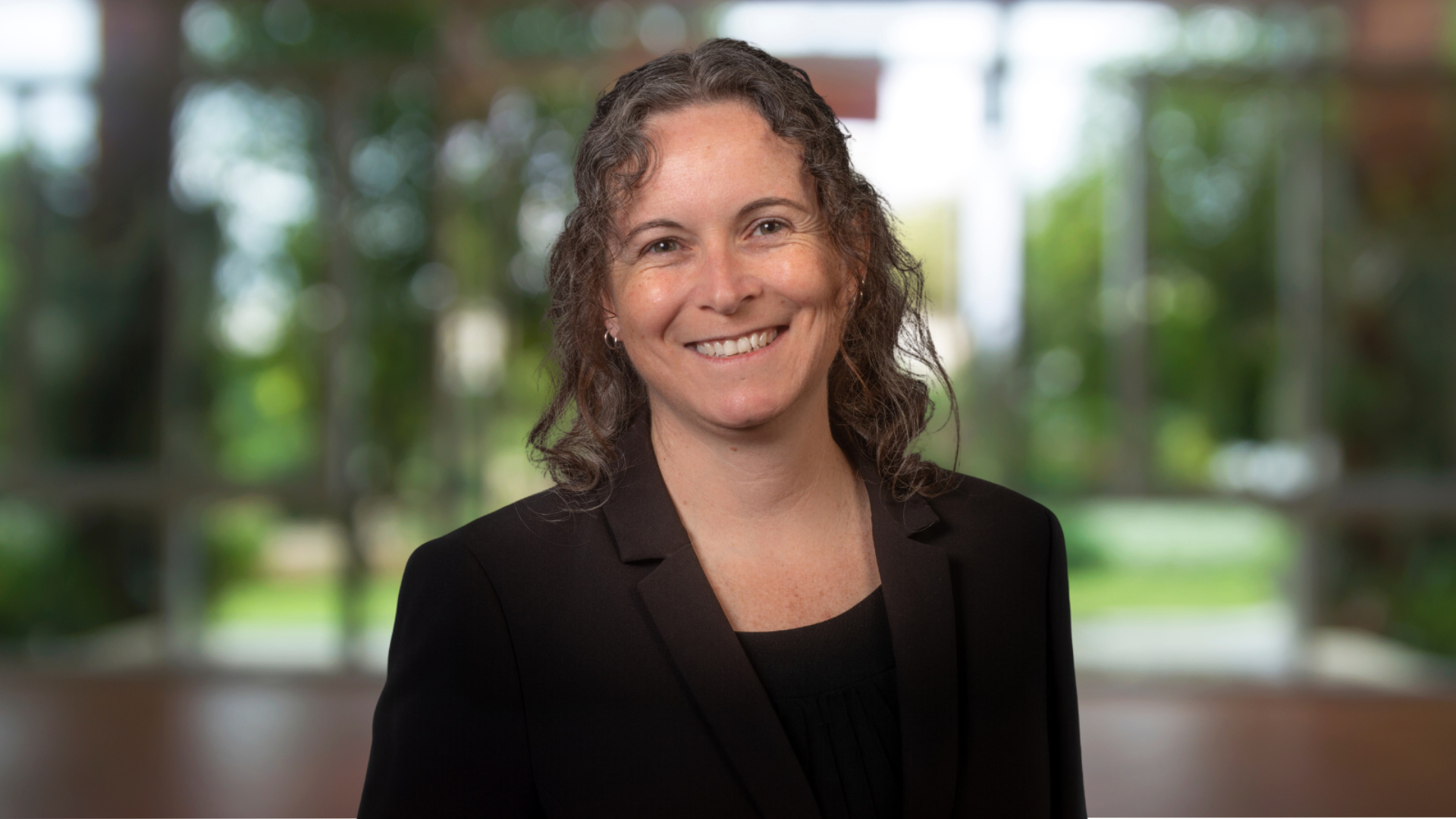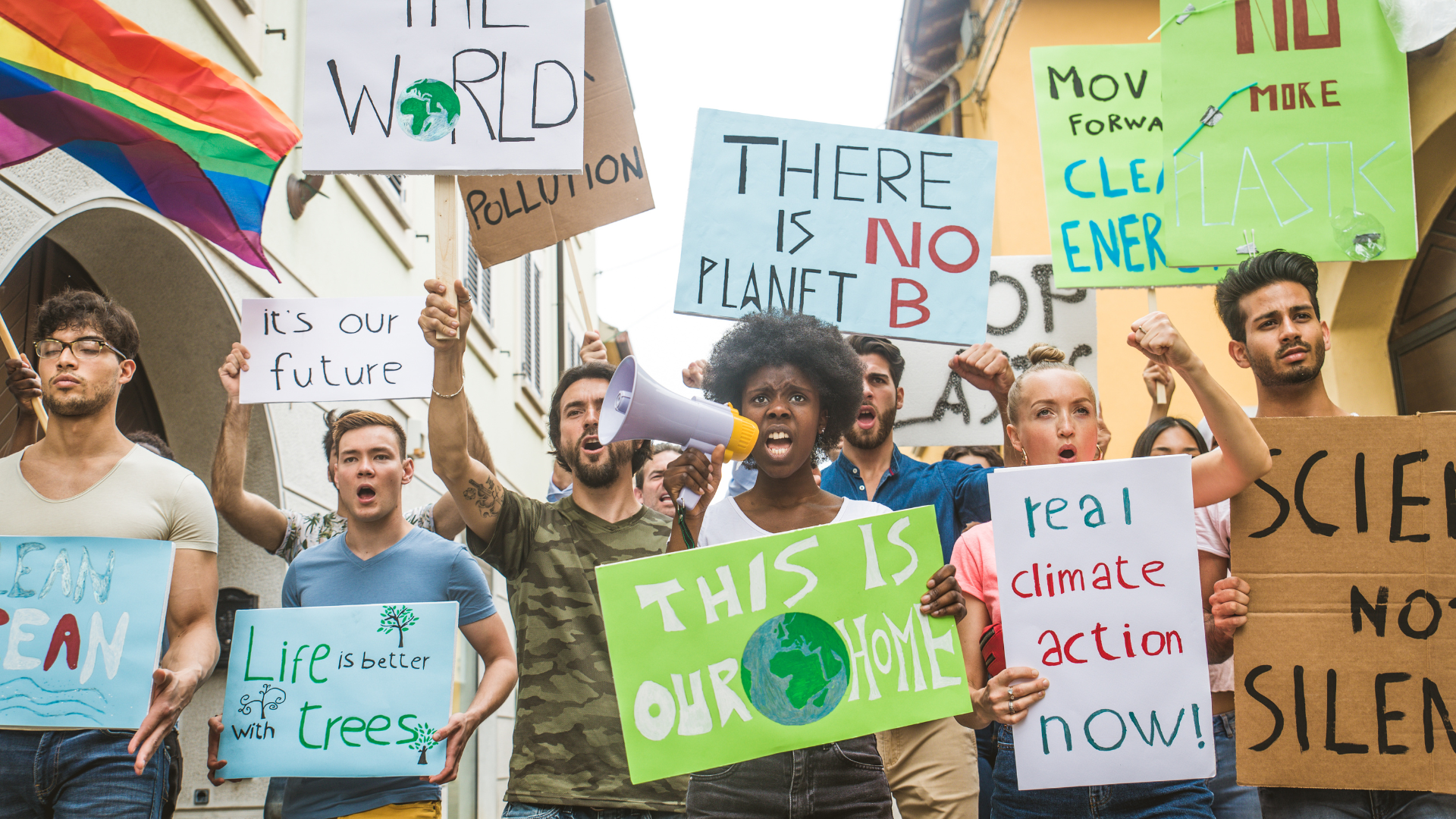ACCOUNTING DEVELOPMENT HUMAN RESOURCES AND MANAGEMENT STUDENT
Commerce 4BB3: Examining employment challenges facing Black Canadians
October 8, 2020 ·
Contributed by: Frances Tuer, Assistant Professor, Human Resources and Management
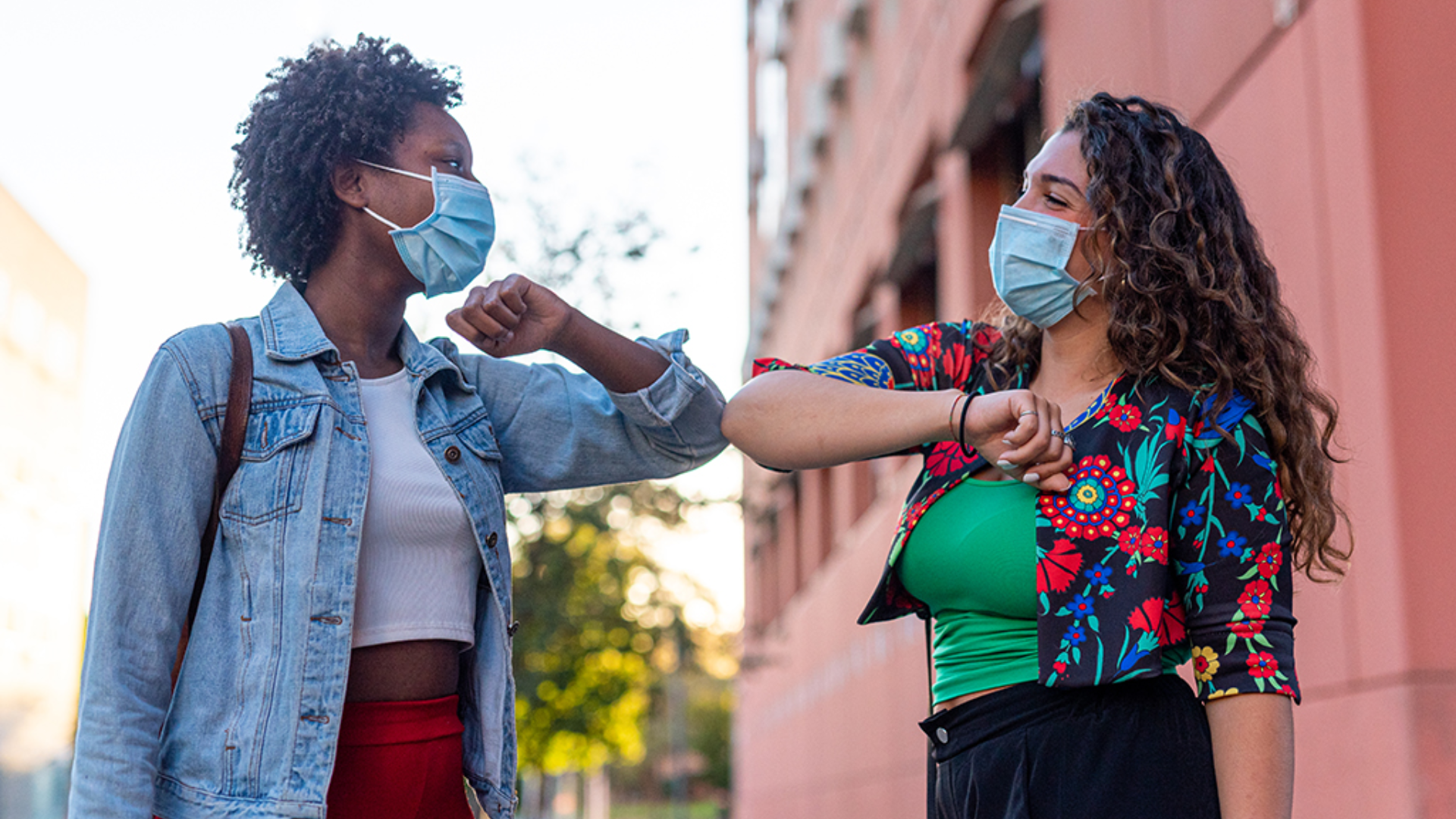
Systemic racism can be said to be many things: It is a social and political issue, an economic and historical one, and a challenge that is both deeply personal and universally present in our lives today. As a business school focused on transforming business and society, we know that racial discrimination is also very much a business issue.
 DeGroote’s fourth-year Recruitment and Selection course educates students about the role of bias in staffing practices and helps them develop a more nuanced understanding of employment equity, diversity, and inclusion. For example, students will examine how racial discrimination influences the recruitment and selection process of Black students.
DeGroote’s fourth-year Recruitment and Selection course educates students about the role of bias in staffing practices and helps them develop a more nuanced understanding of employment equity, diversity, and inclusion. For example, students will examine how racial discrimination influences the recruitment and selection process of Black students.
Commerce 4BB3: Recruitment and Selection
Wells Fargo CEO Charlie Scharf recently found himself in trouble when he said that the failure to achieve diversity goals was due to “a very limited pool of Black talent to recruit from.” He later apologized, citing his own unconscious bias. While unconscious bias might be a contributing factor, many other structural factors lead to perceptions of lack of Black talent:
A disproportionate number of Black students in North America are streamed into college or vocational programs as they enter high school. They are then ineligible at age 14 to obtain the four-year degree that many firms now require post-secondary graduates to have and promotion within the organization later. Whether a degree is needed is another story.
Do Black students who acquire the required competencies or the preferred educational credentials have a smooth ride? Unfortunately, the answer is no. Young Black persons confront many other barriers during the recruitment and selection stages during the hiring process.
Many employers tend to recruit from the same pools over and over. Suppose that pool from a university or college does not have many Black students. In that case, the perception starts to take hold that there are no qualified Black students when the truth is that they are swimming in other, possibly more interesting, pools. Making the situation worse, organizations are often unaware of Black applicants’ lack of representation in their websites’ recruitment images and messaging.
Race-based bias occurs at every stage during the selection process. For instance, Black applicants get screened out due to “non-Caucasian” names, Black hairstyles, or their skin’s darkness. Bias also occur based on where the person went to school and where they live, especially if those places are unfamiliar to the recruiter. Tests used in selection, such as cognitive ability and integrity tests, are not race or culture neutral. The relationships between test scores and job performance do not show the same pattern as for Caucasian applicants.
It is tempting to think that unconscious bias is the root cause. Many organizations believe that these biases can be easily “fixed” with awareness training or personnel/leadership change, but it is not that simple. The evidence clearly shows that racial discrimination is systemic – the experience of minority applicants in an organization’s hiring process is vastly different from most applicants’ experience. To paraphrase George Orwell, “All job seekers are equal, but some job seekers are more equal than others.”
At the end of this course, students will critically evaluate the recruitment and selection practices being used by organizations and develop processes tailored to improving workplace diversity through recruitment. DeGroote is educating a new generation of business professionals who will be ready to meet challenges head-on and make the changes necessary to create a more inclusive, compassionate world.


